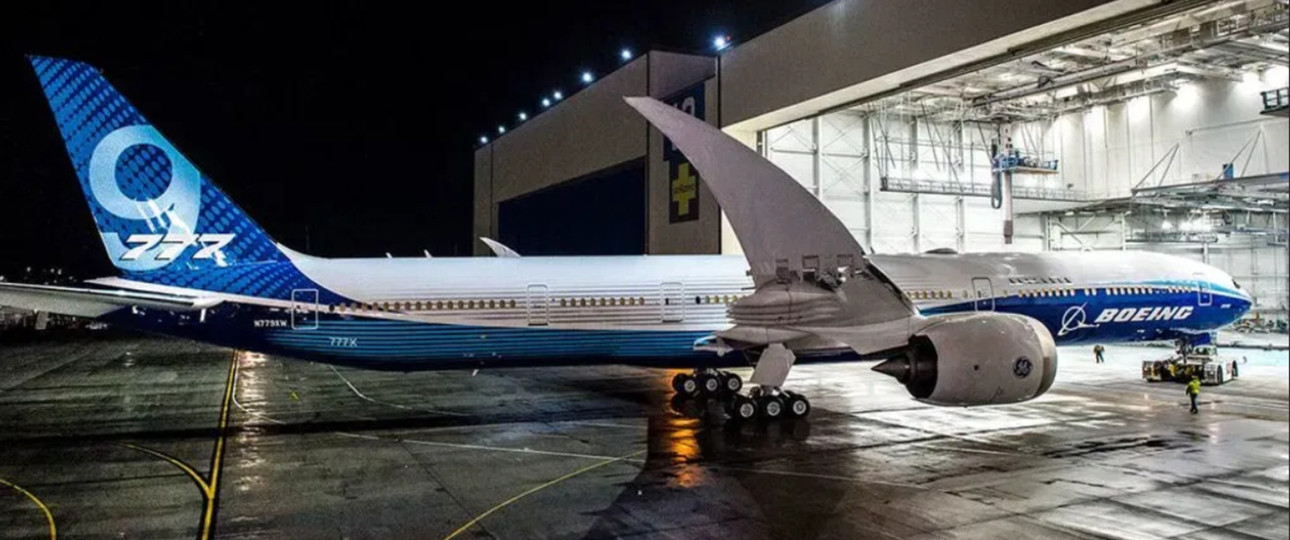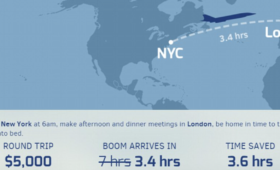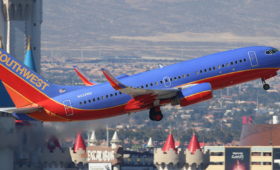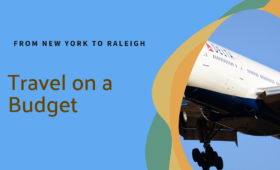Curious about how fast planes go and wondering, how fast does the airplane go? You’re not alone. Many people ponder the speed of these amazing machines that whisk us across the globe in a matter of hours.
It doesn’t matter if you have flown commercial jets to get to your favorite vacation spot or if you are training to become a pilot and have flown your own smaller aircraft, one thing is certain. The speed of an airplane can be very high and it can vary depending on the type and purpose of the plane.
Types of Airplane Speeds
There are two main categories of airplane speeds: ground speed and airspeed. Ground speed is the speed of the plane relative to the ground below. Airspeed is the speed of the plane relative to the surrounding air, which is more important for safe and efficient flight.
Airspeed is measured in knots (kt), which are equivalent to 1.15 miles per hour (mph). There are different types of airspeed, such as indicated airspeed (IAS) and true airspeed (TAS). IAS is the speed shown on the plane’s instrument panel, based on the pressure difference between the pitot tube and the static port on the plane. TAS is the actual speed of the plane relative to the air, corrected for temperature and altitude.
Another way to measure airplane speed is by using Mach number, which is the ratio of the speed of the plane to the speed of sound. The speed of sound, or Mach 1, is about 767 mph at sea level and at a temperature of 68 degrees Fahrenheit. Mach number is useful for comparing the speeds of different planes, especially those that fly faster than sound, such as supersonic jets.
How Fast Do Airplanes Go When Taking Off?
There must be many factors behind airplane speeds that we cannot feel while driving in a car. Each of these could be discussed for days on its own, but we will just touch on the basics. In terms of power and aerodynamics, they are both of the utmost importance. So how do they manage to do that? How fast does a plane go?
- Power
Power is the most important factor in determining how fast a plane can fly, and also how fast a car can go at maximum speed. Typically, smaller, single-engine planes use propeller engines, and some use piston engines similar to those found in cars. However, planes that are larger and faster use turbine engines that produce enormous thrust.
It doesn’t matter which power source the plane uses, it is typically able to produce significant amounts of power that is able to overcome wind resistance and carry the plane’s heavyweight at incredible speeds.
- Aerodynamics
Aerodynamics play a significant role in how fast a plane can fly in addition to the power produced by its engines. Besides the engines’ power, the plane’s aerodynamic design allows the plane to slice through the air with ease. Generally speaking, the more aerodynamic and powerful a plane is, the faster it can potentially fly.
Aerodynamics is the study of how air flows around objects, such as planes. The shape and size of the plane, the angle and position of the wings, the flaps and slats, and the landing gear all affect the aerodynamics of the plane. The goal of aerodynamics is to minimize the drag force, which is the force that opposes the motion of the plane, and maximize the lift force, which is the force that keeps the plane in the air.
Factors Affecting Airplane Speeds
The speed of a plane depends on many factors, such as the type and design of the plane, the altitude and weather conditions, the weight and balance of the plane, the engine performance and fuel efficiency, the flight path and air traffic control, and how fast airplane fly.
Generally, planes fly faster at higher altitudes, where the air is thinner and offers less resistance. However, planes also have to consider the optimal speed for fuel efficiency, which is affected by the drag and lift forces on the plane. Drag is the force that opposes the motion of the plane, while lift is the force that keeps the plane in the air. Planes have to balance these forces to achieve the best speed for their flight.
Another factor that affects airplane speed is the wind. Wind can either help or hinder the plane’s speed, depending on its direction and strength. A tailwind, which blows in the same direction as the plane, can increase the plane’s ground speed, while a headwind, which blows in the opposite direction, can decrease it. A crosswind, which blows perpendicular to the plane, can affect the plane’s stability and require more skill from the pilot.
Average Speeds of Different Planes
The average speed of a passenger plane depends on the type and size of the plane, as well as the purpose of the flight. Here are some examples of the average speeds of different planes:
- Commercial Airliners: These are the planes that most people fly on when they travel. They are usually large, jet-powered planes that can carry hundreds of passengers and cargo. The average cruising speed of commercial airliners is about 500 to 600 mph, or Mach 0.78 to 0.8112. The average takeoff and landing speeds of commercial airliners are much lower, about 130 to 180 mph34.
- Private Jets: These are smaller, more luxurious planes that are used by wealthy individuals, celebrities, or corporations. They can fly faster and higher than commercial airliners, and offer more comfort and privacy. The average cruising speed of private jets is about 500 to 600 mph, or Mach 0.68 to 0.811. The average takeoff and landing speeds of private jets are similar to commercial airliners, about 130 to 180 mph.
- Military Jets: These are the fastest planes in the world, designed for combat and defense. They can fly at supersonic speeds, which are faster than the speed of sound, or Mach 1. Some military jets can even fly at hypersonic speeds, which are faster than Mach 5. The fastest military jet ever recorded is the Lockheed SR-71 Blackbird, which reached a speed of 2,193 mph, or Mach 3.3, in 19765. The average takeoff and landing speeds of military jets are higher than commercial or private jets, about 200 to 300 mph.
- Propeller Planes: These are the oldest and simplest planes, powered by propellers that rotate to create thrust. They are usually smaller and slower than jet planes, and are used for recreational, training, or regional flights. The average cruising speed of propeller planes is about 200 to 300 mph, or Mach 0.26 to 0.39. The average takeoff and landing speeds of propeller planes are lower than jet planes, about 60 to 100 mph.
The Bottom Line
Planes are amazing machines that can fly at incredible speeds. However, the speed of a plane is not a simple or constant number. It depends on many factors, such as the type and design of the plane, the altitude and weather conditions, the weight and balance of the plane, the engine performance and fuel efficiency, and the flight path and air traffic control. The speed of a plane is also measured in different ways, such as ground speed, airspeed, and Mach number. So, how fast do commercial airplanes go? The average speed of a plane varies depending on the type and purpose of the plane, ranging from 200 to 2,000 mph.
Recommended Post:
Flight Time from New York to Paris
How To Check Delta Flight Status
How to Track a Delta Airline Flight
Flight time from hawaii to california




